The first production C-130 Hercules or 'Herc' entered service with the US in December 1956. It is the longest continuously serving military aircraft ever produced, with service in over 70 countries. Although 70 were lost in operations by the US in the Vietnam war, it is seen as one of the safest military aircraft produced. The RAF recorded 1 aircraft loss for every 250,000 flying hours.
The Herc' is the RAF's primary tactical transport aircraft. It's current form is the C.Mk4 & 5 versions of the C-130J -30 & C-130J. These are based at RAF Brize Norton.
The RAF needed to replace it's ageing fleet of Handley Page Hastings and Blackburn Beverley's. 66 Hercules were therefore ordered. These were essentially a C-130H standard, but designated C-130K for export to the UK.
This aircraft's maiden flight was on the 19 October 1966, & it entered service in 1967.
Due to Defence cuts in 1975, 13 Hercs were withdrawn & 2 Squadrons disbanded. However in 1982 during The Falklands Conflict, it was quickly realised that the Herc' would be required to mount non stop return sorties to the Falklands from the Ascension Islands. The aircraft was soon modified for in flight refuelling. These Hercs were designated C.Mk 1P. The first in flight refuelling took place 3 May 1982, with a Handley Page Victor Tanker. By 16 May 1982 the Hercules was on it's first combat mission.
The C-130J has seen intense service during Op Telic and Herrick. However in 2010 The Strategic Defence & Security Review planned for the Hercules to be withdraw from service in 2022, decade earlier than planned. The C-130K was retired from service in October 2013, after almost 5 decades of service.
A Cambridge based company, Marshall's have been instrumental in the Hercules program since it's inception. Marshall's conducted all the major fleet conversion work & continues to support the C-130J to this day.
The Hercules has proven to be a highly versatile, with the ability to airdrop stores and paratroopers. The Hercules can carry up to 62 fully equipped parachutists who jump simultaneously from double doors on either side of the fuselage. The Hercules has also been used in so many different roles through out the World, including: search and rescue, fire fighting & even bombing. It can operate on unsurfaced and short runways, and can also use airstrips that are not suitable for most heavy aircraft. It holds the World record for the heaviest & largest aircraft to ever land on an aircraft carrier. Through the use of it's air to air refuelling capability, it's potential range has been greatly increased.
The Atlas A400M has been earmarked to replace the Hercules. However, the C-130J clearly has a role until the A400M has been established.
In 2015 The Strategic Defence & Security Review announced that 14 Hercules would remain in service until 2030 along with funding for upgrading & operations.
Specification: Lockheed Martin C-130J Hercules
Aircrew : 2 pilots, 1 WSOp (CMN), 1 ground engineer.
Powerplant : 4x 4700shp Rolls Royce AE2100D3 turboprops
Length : C.Mk 4 34.34m C.Mk 5 29.77m
Height : 11.70m
Wingspan : 11.70m
Cruising speed : 593 km/h
Ferry range : C.Mk 4 4908 km C.Mk 5 5078km
Maximum altitude 40,000ft
Cruising Altitude 28,000ft
Source:
Created by B Hill.
Read More










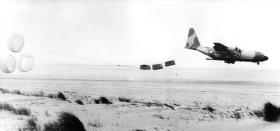
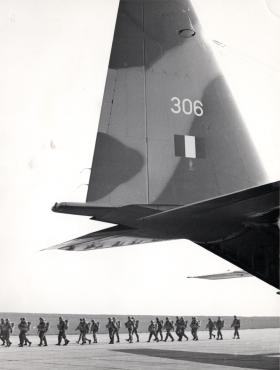



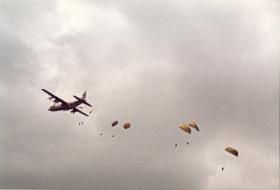




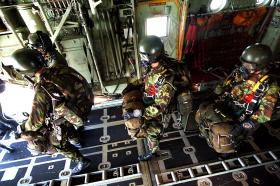



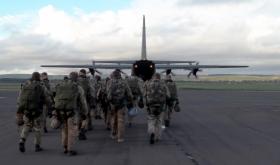

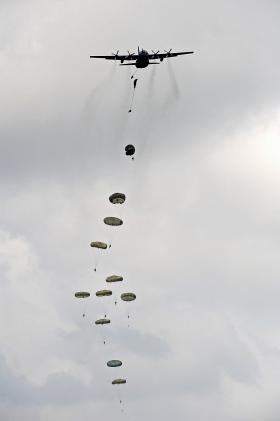

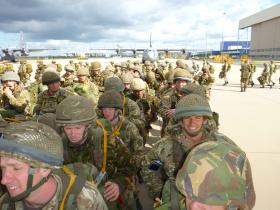
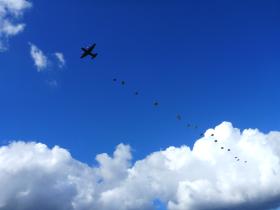


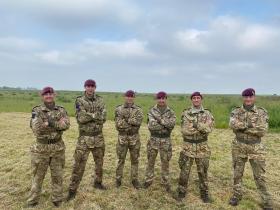
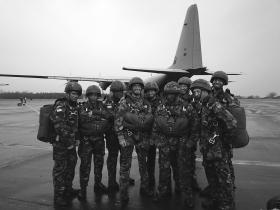

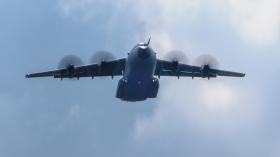
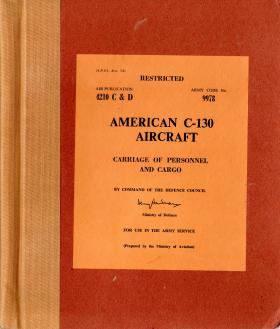

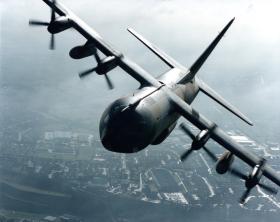

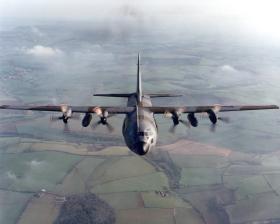

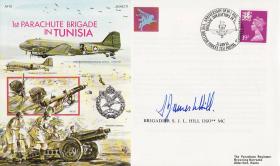

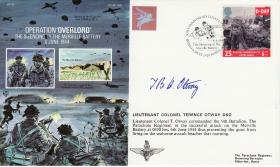






Latest Comments
There are currently no comments for this content.
Add Comment
In order to add comments you must be registered with ParaData.
If you are currently a ParaData member please login.
If you are not currently a ParaData member but wish to get involved please register.